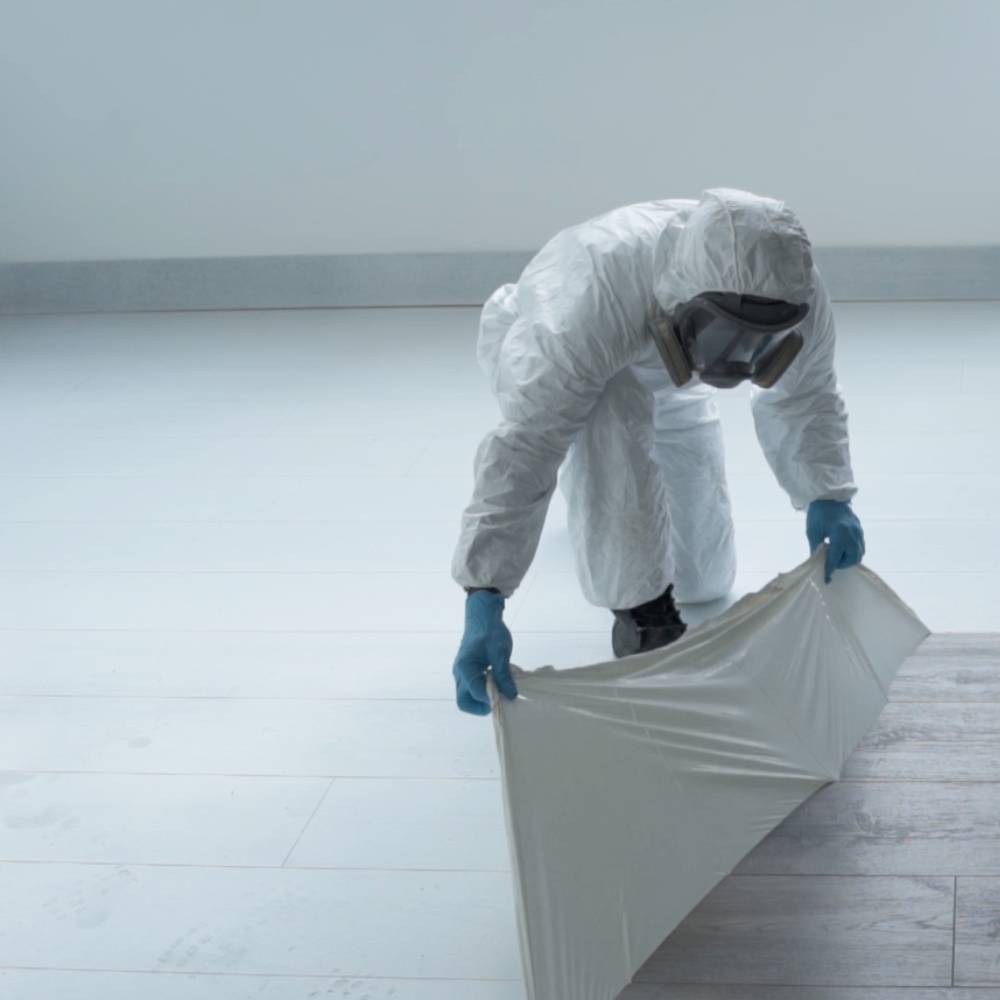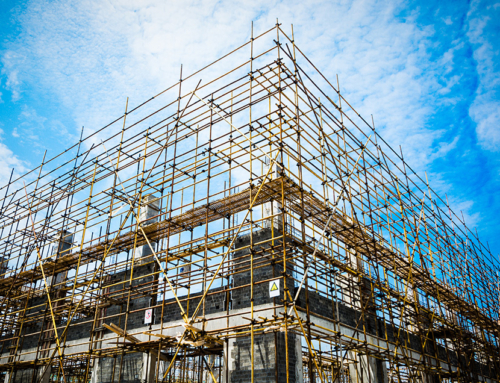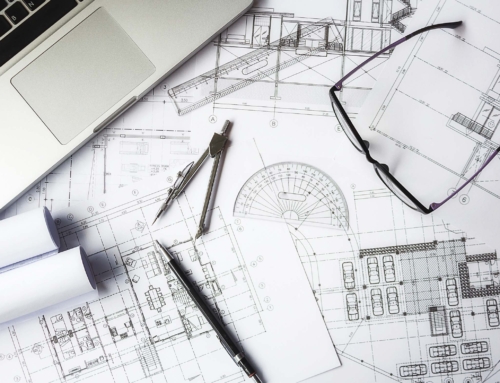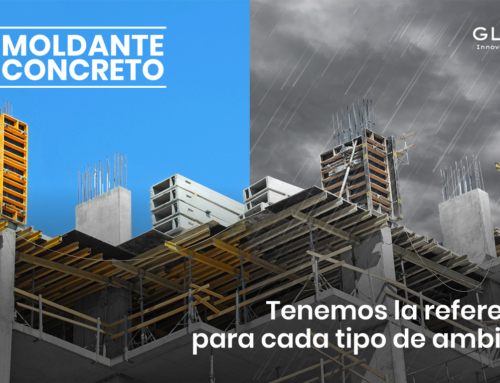Surface protection is a substantial issue when planning any construction. Materials and techniques have been created that, in addition to taking care of surfaces, also take into account the environment and project cost reduction.
From protecting a structure over time from severe weather and pollution to maintaining the quality and reliability of construction site finishings for a few days, let’s take a look at these 5 surface protection innovations that have undoubtedly marked a before and after in the construction industry.
1. Ultra-white reflective paint
In an effort to curb the impact of global warming, engineers at Purdue University in the United States have created a white paint for building coatings that reflects 95.5% of sunlight. The surfaces become cool enough to reduce air conditioning needs.
Deterioration due to the direct action of light on materials and structures is inevitable. This sort of innovation, in addition to counteracting high temperatures, can also be used in surface care to prevent roofs or outdoor walls from cracking.
It provides 39 times more insulation than fiberglass and is a more environmentally friendly alternative to fiberglass. It has been tested in extreme situations, such as in outer space, so it is really a very tough material.
This white super paint has been used to cover the facades of houses and buildings, even streets, in places with summers as hot as summers in Los Angeles (USA), home of the University of California, which conducted this research.
2. Resistant Aerogel
No, it is not an illusion, it is a very strong component with a translucent appearance created by researchers at NASA’s Glenn Research Center. When the liquid component of a gel is replaced by a gas it results in the world’s lightest solid, an aerogel. [Image taken from autodeskjournal.com]
In construction, this material is used to coat surfaces as an insulator, its porous structure hinders the passing of heat. Do you know how strong this lightweight-looking composite can be? A block of this frozen smoke can support the weight of a car – amazing!
A curious fact is that aerogel was used to coat the Beijing National Aquatic Center, also known as the “Water Cube,” at the 2008 Beijing Olympics. This material gave it a rather bubbly appearance.
3. Ecological coating for metallic structures
Corrosion is a resulting condition when metal surfaces are exposed to harsh weather. Students at the Mexican Petroleum Institute (IMP) created a 100% water-based coating.
This material forms a layer of polymers that adheres strongly to metal surfaces and prevents the passing of water, thus protecting metal structures from corrosion.
IMP students were able to increase the drying speed of the coating to reduce highly polluting emissions of volatile organic compounds or VOCs. Undoubtedly, this is an economic ecological solution to protect facades and other metal structures.
This technology is still in being developed, but the idea is to extend the useful life of materials used in to generate power, and produce photovoltaic cells, heat pumps, solar heaters, fuel cells and corrosion protection in engineering structures.
4. Photocatalytic paint, which cleans the environment
Photocatalysis is the name given to the process that allows certain compounds to have the capacity to decontaminate the environment. In sustainable construction, it is used in to paint building facades and interiors, and even to pave sidewalks and roadways.
Did you know that sunlight is capable of eliminating CO2 to generate organic matter? That’s right, nature itself initiates self-cleaning processes and that is the principle applied by photocatalysis to eliminate this and other pollutants (NOx, SOx and VOCs).
Photocatalytic paint is used for surface protection and the decomposition of these harmful materials in water, oxygen and nitrates, among other inert materials. It is widely used in places with high traffic like hotels, housing developments, restaurants, hospitals and public areas.
Did you know that Banco de Bogotá created 16 murals made with photocatalytic paint with which the bank promises to eliminate every day the same amount of CO2 that 1402 trees would absorb? Now, that’s a planet friendly a campaign
5. Indoor and temporary surface protection
The above innovations focus more on protecting surfaces in medium and long terms, but what if it is needed only during a building project, construction and installation? That is, for the protection of glass, floors and walls, what ecological options are there?
A drawback in construction projects is excessive single-use plastic consumption to protect surfaces. It would be advisable to use an ecological protector or a better alternative to the blue plastic that contractors always use to care for finishes.
Glasst Universal Protector is a liquid biodegradable product that once it is applied, it dries and forms an easily removable film to protect surfaces. It is an adhesive that can be removed when the job is completed and all gaps will remain intact. This product:
● does not pollute the environment, unlike the blue plastic usually used for this purpose.
● is manufactured with minimal VOC (Volatile Organic Compounds) levels.
● saves an extra cleanup that needs to be done at the end of projects or construction.
We live in a reality in which it will be increasingly essential to care for the environment. Achieving surface protection, maintaining project budgets and at the same time using environmentally friendly inputs is an achievement in pro of sustainability.












